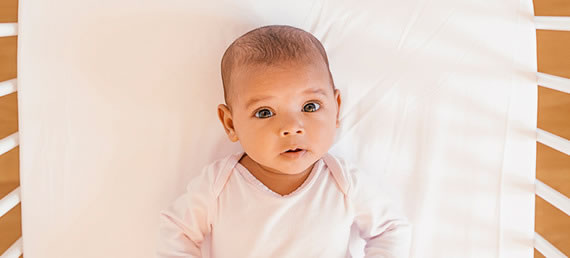September 19, 2024
Hi Neighbor!
A new CPSC report shows that unsafe sleeping environments – such as those that include soft bedding added to the cribs, playpens/play yards or bassinets/cradles – accounted for 126 infant deaths during the three-year period 2019-2021.
During September’s Baby Safety Month, CPSC is urging parents and caregivers to put babies to sleep only in products that are safe for sleep–such as bassinets, cribs, play yards and bedside sleepers that meet federal standards with no soft bedding added, just a fitted sheet. Babies who fall asleep in other locations should be moved to a crib, bassinet or play yard.
Follow these safety steps to lay babies down in a safe sleep place:
- Back to Sleep: Always place the baby to sleep on their back to reduce the risk of sudden unexpected infant death syndrome (SUID/SIDS) and suffocation.
- Bare is Best: Always keep the baby’s sleep space bare (fitted sheet only) to prevent suffocation. Do not use pillows, padded crib bumpers, quilts or comforters.
- Transfer the baby to a firm, flat crib, bassinet, play yard or bedside sleeper if they fall asleep in a swing, bouncer, lounger or similar product.
- Inclined products–with an angle greater than 10 degrees– such as rockers, gliders, soothers and swings should never be used for infant sleep, and infants should not be left in these products unsupervised, unrestrained, or with soft bedding material, due to the risk of suffocation.
Visit our Safe Sleep and Crib Safety Education Center for more baby safety tips as well as information on recalled baby products.
See our latest baby safety poster, share it and watch our baby safety public service announcement on YouTube.
Remember, babies rely on adults to keep them safe.

